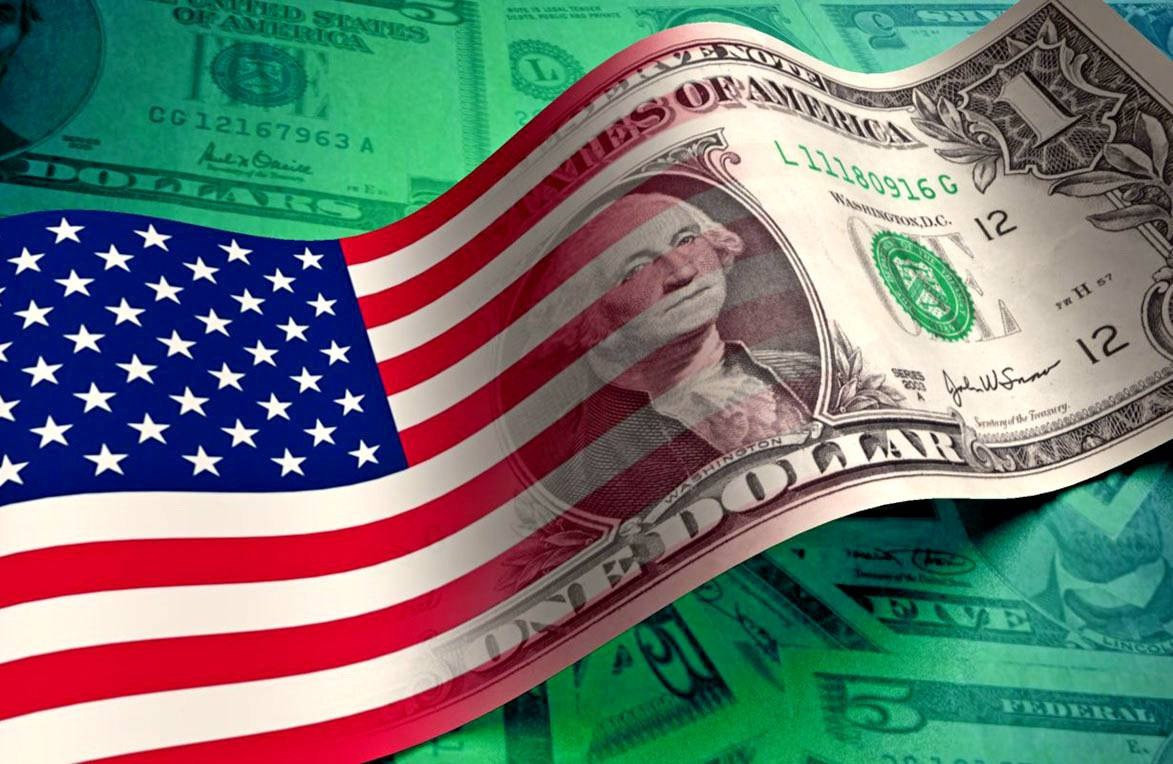
The US currency is in the hands of inflation but is trying to consolidate in an upward trend, and it did not succeed. The desire of this currency to benefit from a difficult situation provides it with leadership among other currencies.
According to analysts, inflation has a complicated path, so it is difficult to predict where it will lead the US dollar. Meanwhile, the Fed's hawkish tactics, which the regulator showed last week, helped it. As a result, the US currency got stronger and continues to move in an upward spiral.
The US dollar rose after the Fed's meeting, against the background of statements by the regulator about the high probability of an early curtailment of incentives and an increase in interest rates in March 2022. On Monday morning, it was around the highest level recorded since July 2020. The EUR/USD pair was trading at the level of 1.1253, while the euro slightly lost its position, which it successfully gained last Friday.

However, the off-the-scale inflation that is recorded not only in the United States but also in a number of other countries has worsened the situation in the financial markets. The "hawkish" turn in the Fed's strategy led to a mass flight of investors into safe-haven currencies, primarily the US dollar. In view of this, there was a strong rally in US Treasury bonds. Many analysts believe that the narrowing of the Fed's balance sheet and multiple rate hikes will lead to a sharp reduction in the share of borrowed funds. This may negatively affect the state of the real economy and the inflation rate, as well as further decisions of the regulator regarding rates. According to analysts at Saxo Bank, "the luxury that the Fed does not have now is the ability to ignore inflation, which will decrease under any easing scenario if asset markets do not collapse amid a sharp reduction in risk appetites."
Currently, the global bond market is seriously concerned about the fate of the US economy. Even if inflation slows down, that is, under a favorable scenario, it is too early to rejoice: the damage to the American economy has already been done, and prices are still quite high, despite the measures taken by the Fed. It can be recalled that in the late 1970s - early 1980s of the twentieth century, Former Fed Chairman P. Volcker increased the base rate of federal funds more than twice (from 9% to 20%) in the course of solving extremely high inflation, which reached 13%. As a result, the United States economy was in a severe crisis in 1982, but by the end of that year, inflation had fallen to 5%. At the same time, the base rate on federal funds has returned to 9%. However, the American authorities now are trying to prevent such a development. They seek to prevent possible negative consequences of accelerated inflation: mass unemployment, a significant drop in living standards, and stagnation of the national economy.
Regarding the future fate of the US dollar, experts agree on its weakening as a means of payment, which is used between countries outside the United States. However, as the main world currency, USD remains the undisputed leader. Most reserve currencies are less in demand than greenbacks. According to experts, non-dollar assets are still inferior to dollar assets, although the world's central banks diversify their currency portfolios in a timely manner, reducing the share of USD investments and increasing stocks of the euro, yuan, British pound, etc.
Currently, the US currency is rarely used in settlements in the countries of Southeast Asia: the yuan is used here, and the euro is used in Europe. At the same time, the US share in global GDP does not exceed 23%-24%, which negatively affects the dynamics of the US dollar. According to forecasts, it will decline to 20% by the end of this decade, and this will significantly weaken its position.
However, the temporary weakness of the US dollar does not mean that other currencies are strong enough to take the lead. Experts are sure that its weakness will not lead to its disappearance. In the third decade of the XXI century, it will retain its dominant position against the background of the lack of serious potential for other currencies. None of them can compete with the US dollar, not even the euro.
Analysts said that sustainable economic development will become a catalyst for the growth of the global stock market in 2022. At the same time, managers of a number of large companies consider the "hawkish rush" of central banks to be the biggest risk for most stocks. The US dollar will end this year at its highest recorded in the last 6 years. According to experts, the key factors behind the strengthening of the US currency are the upcoming rate hike and the reduction in the Fed's balance sheet. In 2022, some currency strategists are forecasting four interest rate hikes instead of three. In this situation, experts recommend buying the US dollar and selling other currencies.





















